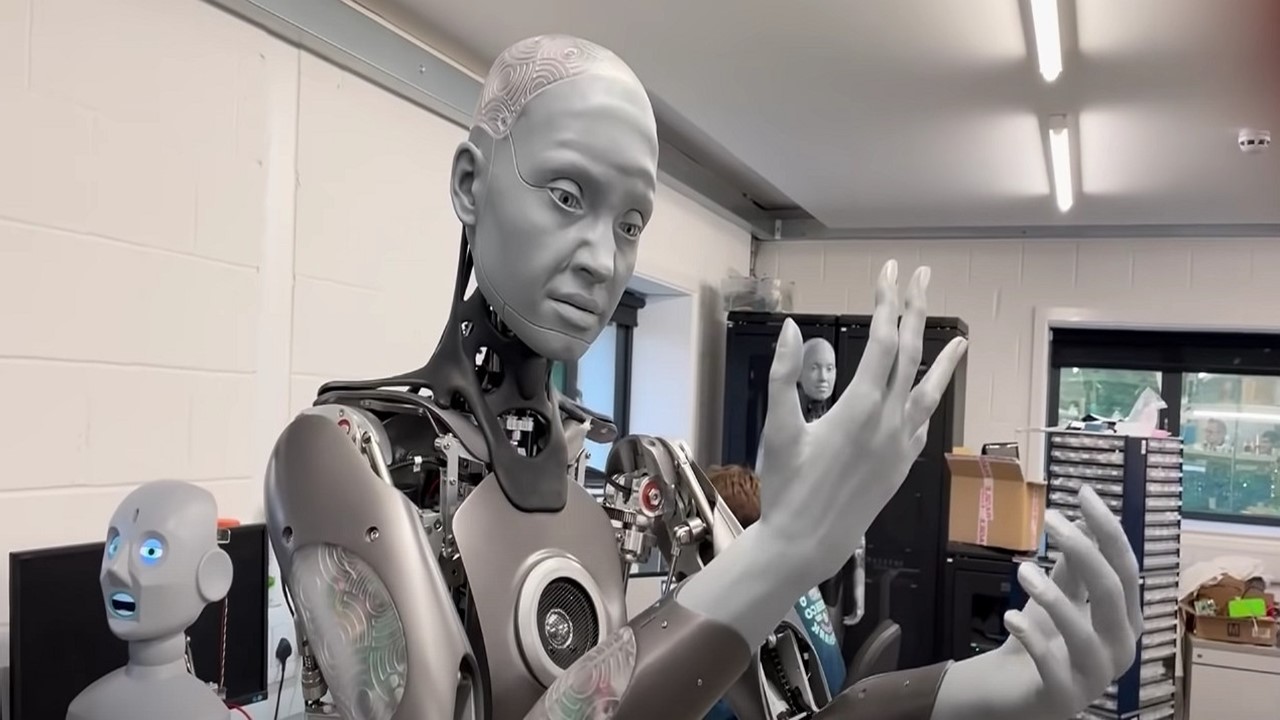The building blocks of life, proteins are in charge of many different biological functions in living things. Synthetic biology has long sought to create new proteins with particular functionalities, with diverse applications in biotechnology, materials science, and medicine. A group of academics recently revealed a unique method for designing de novo proteins based on secondary-structure restrictions using an attention-based diffusion model in a work that was published in Chem. This ground-breaking research represents a substantial advance in the field of protein design and may have far-reaching effects for a variety of applications.
Background: The Challenge of De Novo Protein Design
The development of new proteins that don’t already exist in nature is known as de novo protein design. This is a difficult process because it calls for predicting the protein’s three-dimensional structure and making sure it is stable and useful. Predicting the secondary structure, or the local folding patterns of the protein, is one of the main difficulties in de novo protein creation. It is crucial to ensure that the intended protein adopts the proper secondary structure because it is fundamental to the protein’s overall stability and functionality.
The Study: An Attention-Based Diffusion Model for Protein Design
A unique strategy for de novo protein creation is put out in a recent work that was published in Chem to deal with the difficulty of predicting the secondary structure. The method is predicated on an attention-based diffusion model, a subclass of deep learning algorithm that excels at handling complex, high-dimensional data.
In order to create de novo protein sequences that follow a set of secondary-structure restrictions, the researchers applied the attention-based diffusion model. The constraints, which included data on the distribution and frequency of various secondary structure types, were extracted from a database of natural proteins. Using a method termed contrastive learning, which includes teaching the model to differentiate between similar and dissimilar cases, the model underwent training using the information in this database.
Results: Impressive Performance in Generating Protein Sequences
The work produced outstanding results, with the attention-based diffusion model producing top-notch protein sequences that complied with secondary-structure requirements. The broad structural diversity of the generated sequences, which also featured a variety of secondary structures, showed how well the model captured the complexity of protein structure.
The researchers also performed a series of tests to evaluate the stability and function of the generated proteins. These tests showed that the majority of the generated proteins were stable and capable of performing a specific function, indicating that the approach has the potential to be used for practical applications in the future.
Implications: The Future of De Novo Protein Design
In the area of de novo protein design, the strategy suggested in the most recent work marks a substantial advancement. A potent approach for producing top-notch protein sequences that satisfies intricate secondary-structure requirements is the application of an attention-based diffusion model. This may have far-reaching effects on a variety of applications, such as the creation of novel enzymes, materials, and medicines.
Overall, the latest study offers a convincing illustration of the effectiveness of employing machine learning algorithms in protein design. The strategy is an interesting new route for ongoing research and has the potential to change the field of synthetic biology.
Study DOI: 10.1016/j.chempr.2023.03.020
Subscribe
to get our
LATEST NEWS
Related Posts

AI, Data & Technology
The Power of Unsupervised Learning in Healthcare
In healthcare’s dynamic landscape, the pursuit of deeper insights and precision interventions is paramount, where unsupervised learning emerges as a potent tool for revealing hidden data structures.

AI, Data & Technology
Unlocking Intelligence: A Journey through Machine Learning
ML stands as a cornerstone of technological advancement, permeating various facets of our daily lives.
Read More Articles
Synthetic Chemistry’s Potential in Deciphering Antimicrobial Peptides
The saga of antimicrobial peptides unfolds as a testament to scientific ingenuity and therapeutic resilience.











